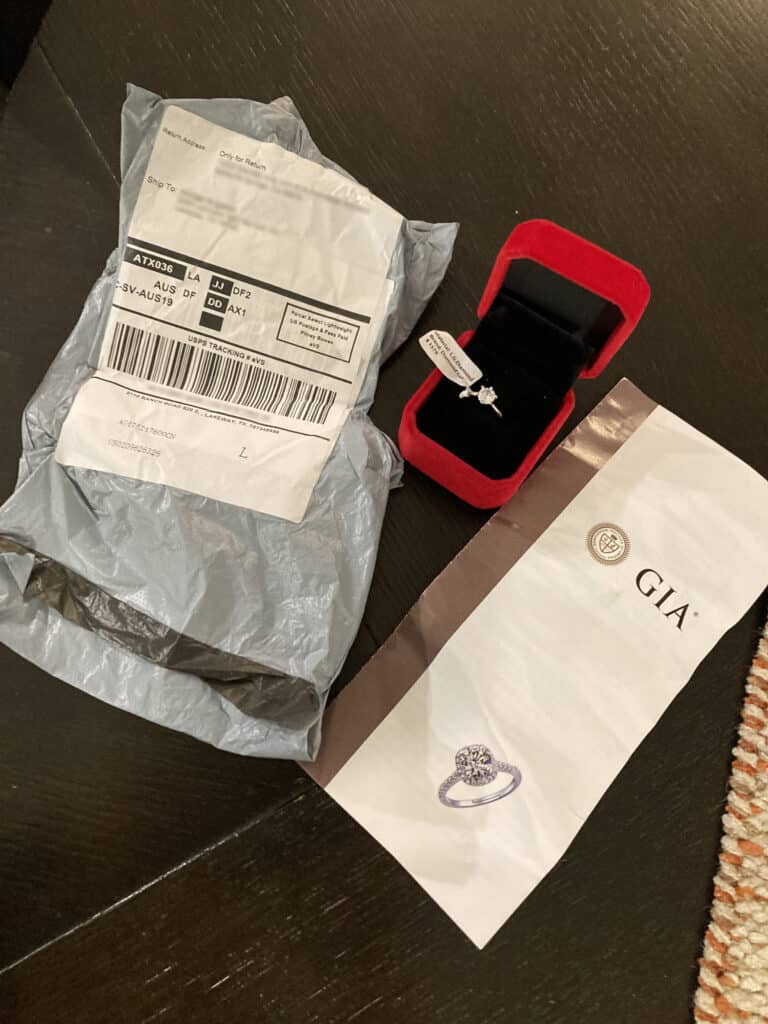Consumers and jewelers should be on the lookout for unexpected packages with low-quality jewelry accompanied by a counterfeit Gemological Institute of America (GIA) report.
GIA has received more than 50 calls from California, Texas, and across the country in the last three months from consumers who received low-quality jewelry that they did not order, some of which were accompanied by a counterfeit GIA diamond grading report. While it is not clear why the items were sent, it could be what is called a “brushing scam,” where scammers exploit people’s personal information to create false online reviews to boost their sales.
Some of the reports accompanying the unwanted jewelry are from Gales Gemological Research Association (GRA) and state that the jewelry contains moissanite. Natural and man-made moissanite mimics the appearance of a diamond but is easily distinguished by a trained gemologist or a reputable gemological laboratory like GIA. The counterfeit GIA reports state that the stones in the jewelry are diamonds.
Every GIA diamond grading report issued since January 1, 2000, can be confirmed using the online GIA Report Check Service: gia.edu/report-check-landing. Printed reports from GIA are printed on specialized paper and have several security features, including microprinting and a hologram. GIA recently began transitioning its laboratory reports to a digital-only format, starting with the GIA Diamond Dossier®, the most prevalent diamond grading report in the market. The digital GIA reports offer improved data security.
